The convergence between the different systems of a building is essential for its proper functioning, hence the importance of having a protocol that allows the articulation of the building systems. Each protocol has its advantages, perhaps that's why sometimes the industry seems unable to decide between the different options. But in order to make a decision, you must know the different existing options; that is why in this edition ACR LATINOAMÉRICA will have Rawlson O'Neil King, director of communications of the Continental Association of Automated Buildings (CABA) and Toby Considine, co-president of the technical committee for OBIX of OASIS. These two subject matter experts will attempt to take an approach to one of the newest standards in the building automation industry: OBIX. by Alejandra García Vélez
History
This protocol began at the initiative of CABA at the end of 2003, thanks to the union of leaders from the building automation, HVAC, security, IT and industrial facilities management industry. In that year, efforts began to be made focused on the creation of guidelines for the exchange of data and control through the installation systems. These guidelines became OBIX (Open Building Information Exchange), a standard for building control systems based on web services and XML.
A year later (2004), the same group realized that they needed to find a development organization whose procedures would be used to develop this standard. "Our goal was to ensure that OBIX could be used freely by everyone, without hidden reservations or pitfalls such as licensing. Several organizations were considered, but it was finally decided that OASIS would be in charge of developing the standard due to its previous experience," said Considine.
Why was it necessary to create this standard? There are many well-established binary protocols (BACnet, LonTalk, Modbus, Dalí) that are used in dedicated networks. While these binary protocols can be used in TCP/IP networks, there are difficulties with routers, firewalls, security and compatibility with other network applications; In addition there is an added problem, the industry is divided between several largely incompatible protocols. That is why the great virtue of OBIX is that it is integrated in such a way that it gives control systems, both electrical and mechanical, the possibility of having continuous visibility of the operational status and overall performance of the system; By exposing these operations using web services, installers are allowed to fully utilize the wide range of databases and tools to analyze performance, O'Neil explained.
It also makes a difference by taking into account that other standards that began as low-voltage protocols are simply transmitted in IP packets, and although some have been translated into XML they still retain the peculiarities of low-voltage protocols and that is why they are difficult for programmers to understand.
What's next
OBIX is still very recent, with just five years since its approach is barely in a stage of dissemination and consolidation. Although, according to O'Neil, the ultimate goal of the alliance is to make it evolve into the standard protocol for building automation. In fact, there is already an open source Sourceforge project that seeks to implement an OBIX server, which would imply that a translator of any protocol could be written and connected to the server, while the external interface would remain the same. That way anyone who wants to can download the software and start using OBIX, or even upload a plug-in for their own devices so that anyone can access them.
In this regard, Toby Considine explained the improvements that are planned to be made for the next version of the protocol: "At the moment we are working on expanding the functions of OBIX 1.0, for example to include ways to interact with XML data on the Internet, also adding the ability to link alarms to subscriptions to RSS and Atom feeds, so the information of a control system with an OBIX interface could be read on any desktop PC. In addition, a scheduling system based on ICAL, the standard Internet calendar, used by companies to schedule meetings and phone calls, is being added; with such a function the scheduling of a meeting room would also involve scheduling the operations necessary to support that meeting."
In the industry
What is the importance of this protocol for the HVAC industry? The experts consulted indicate that the main premise of OBIX is, in the near future, to gain importance in the new market of energy models. According to Considine, the above is justified in that by being able to constantly visualize and monitor through OBIX the state of the systems, timely decisions can be made on key issues such as energy saving. "The decision to change the way energy is used, in response to price increases, must be based on a full understanding by the company (or owner) of how the services provided by the building would be affected," Considine said.
Its role in the area of automation is also important, because due to the way in which OBIX was developed it can interact with all the processes of a business. "Building integration systems today are usually based on protocols or brands, leading to integrations in which two or more systems are closely linked, preventing any of them from being evaluated how well they do their primary work. In service-based integration, each system becomes an independent agent that can be evaluated, thus making integration become the coordination of those services rather than a low-level control of interactions. Precisely OBIX allows to achieve the above, "said the OASIS official.
The buildings of the future will have more systems and a greater diversity of systems within them. So each building will be required to have a mix of power generation, storage, and conversion technologies. The interactions between these internal services, traditional building systems, and external energy providers will make traditional integrations too complex. So the most viable solution will be service-based integration, the official added.
However, for Considine, OBIX's greatest contribution to the industry is that "for the owner and for the operators of the building, HVAC systems have always been invisible and controllable, but OBIX makes them visible and sensitive".
What is OBIX?
OBIX generates an interface that can be accessed via the web in such a way that it can be used to obtain in a simple and secure way information about air conditioning, heating, access control systems, among other building automation devices. OBIX enables communication between business applications and systems built into the building, facilitating the creation of open systems and improving operations capacity.
Some projects developed with OBIX:
The Olympic Stadium, the Olympic Village and all the lighting of the outdoor spaces of Beijing's Olympic District are operated using version 0.7 of the system.
The University of North Carolina's Enterprise Building Management System (EBMS) operates more than 100 buildings of all brands and technologies. All external interactions with the buildings are made via the web, of these 100 more than 80 are operated by OBIX.
Dubai Airport currently uses OBIX for its operations.
The city of Hawkesbury in England has OBIX-based solutions for energy monitoring.
NTT in Tokyo is developing drivers for OBIX, and OASIS has received several requests for japanese translation of the protocol.


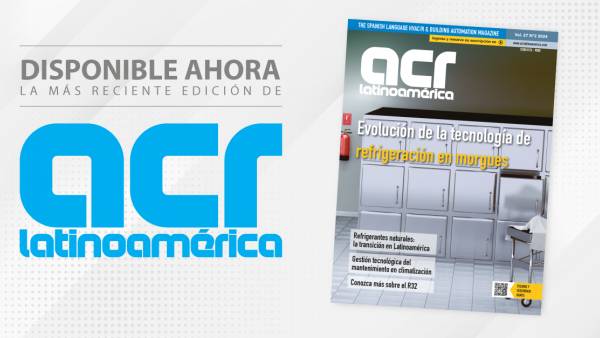
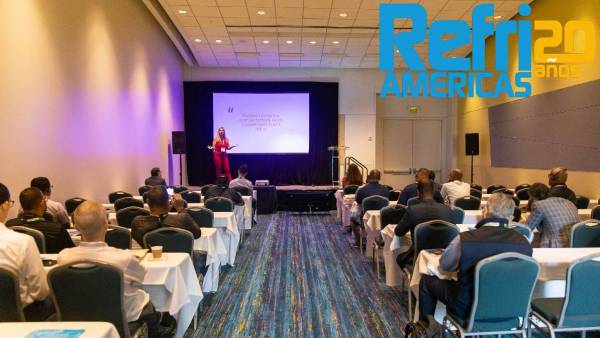
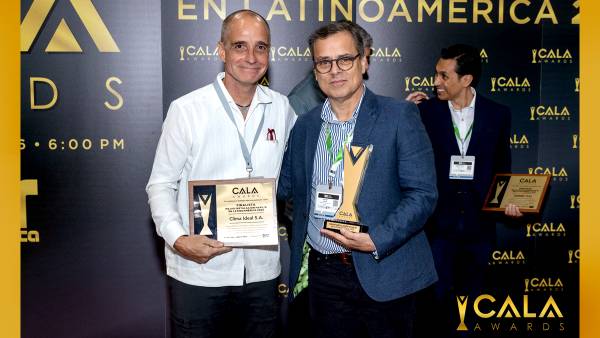
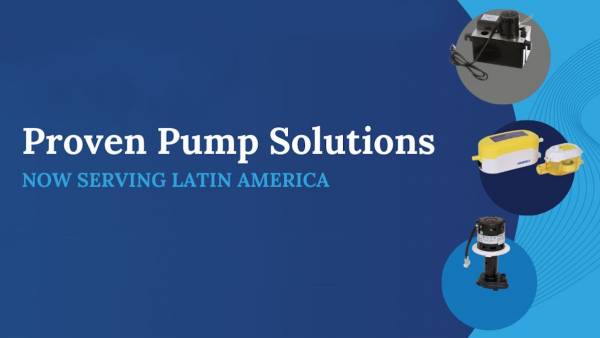



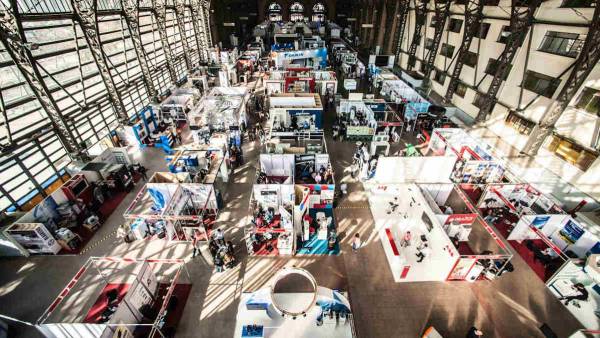














Leave your comment